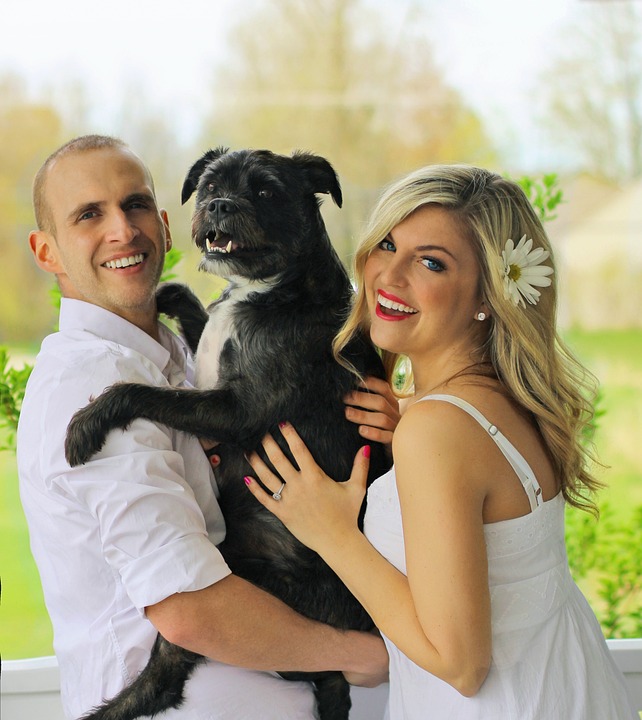Title: Understanding and Managing Possessive Behavior in Dogs: A Guide
Introduction
As much as we love our furry companions, it’s not uncommon for some dogs to exhibit possessive behavior over their toys or bones. This behavior can range from mild guarding to aggressive displays, causing concern for dog owners. In this article, we will delve into the reasons behind possessive behavior and provide effective strategies to manage and overcome it.
Understanding Possessive Behavior in Dogs
1. Defining possessive behavior:
– Recognizing signs of possessiveness
– Differentiating between possessiveness and resource guarding
2. Causes of possessive behavior:
– Genetic predisposition
– Lack of proper socialization during puppyhood
– Traumatic experiences or past abuse
– Inconsistent or inadequate training
Strategies to Manage Possessive Behavior
1. Create a positive environment:
– Providing a safe and comfortable space
– Ensuring a balanced and fulfilling routine
2. Encourage appropriate sharing:
– Teaching the “drop it” or “leave it” command
– Implementing structured play sessions with other dogs
3. Gradual desensitization and counter-conditioning:
– Introducing new toys or bones gradually
– Rewarding calm and non-possessive behavior
4. Implementing training exercises:
– Basic obedience training for impulse control
– Engaging in interactive games to redirect focus
5. Seek professional guidance:
– Consulting a certified dog trainer or behaviorist
– Tailoring a behavior modification plan based on individual needs
Frequently Asked Questions (FAQs)
Q1: Is possessive behavior common in all dogs?
A: While possessive behavior can be observed in dogs of any breed or age, it is more prevalent in certain breeds or individual dogs with specific temperaments.
Q2: Can possessive behavior be trained out of a dog?
A: Yes, with consistent training, positive reinforcement, and patience, possessive behavior can be managed and improved. However, complete eradication may not always be possible, and ongoing management might be necessary.
Q3: Should punishment be used to address possessive behavior?
A: No, punishment can worsen possessive behavior and lead to aggression. It is crucial to focus on positive reinforcement, reward-based training, and redirecting the dog’s behavior towards more appropriate alternatives.
Q4: Can possessive behavior be a sign of underlying health issues?
A: Yes, in some cases, possessive behavior may be triggered by pain or discomfort. It is advisable to consult a veterinarian to rule out any potential medical conditions contributing to the behavior.
Q5: How long does it take to see improvements in possessive behavior?
A: The time required to overcome possessive behavior varies depending on the dog, the severity of the behavior, and the consistency of training. Patience and perseverance are key in achieving positive results.
Conclusion
Understanding and managing possessive behavior in dogs is essential for fostering a harmonious relationship between pets and their owners. By implementing the strategies outlined in this article and seeking professional guidance when needed, you can help your furry friend overcome possessiveness and enjoy a balanced and happy life. Remember, consistency, patience, and positive reinforcement are the keys to success.









